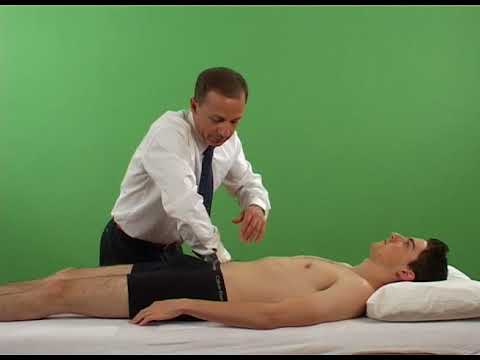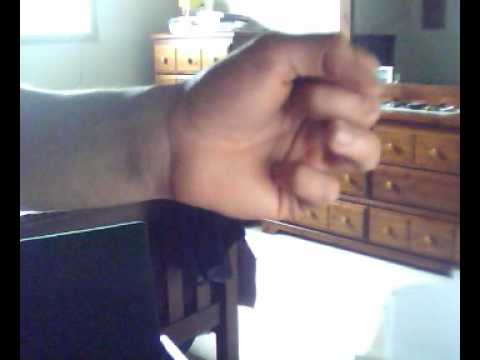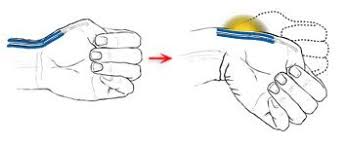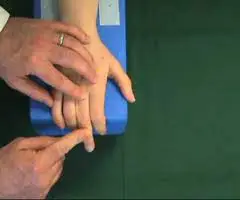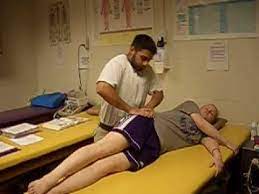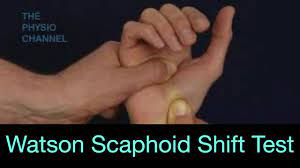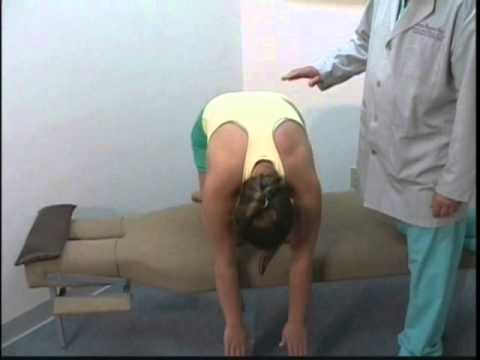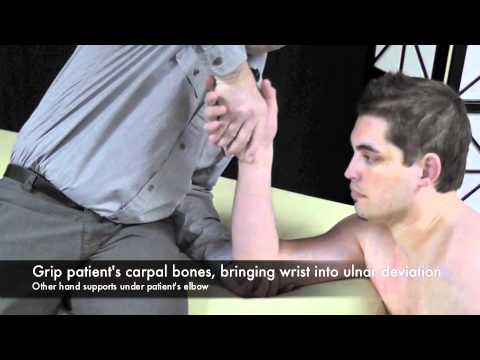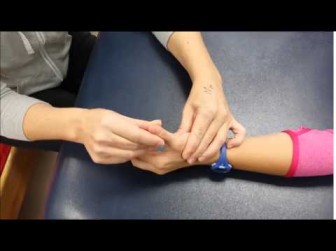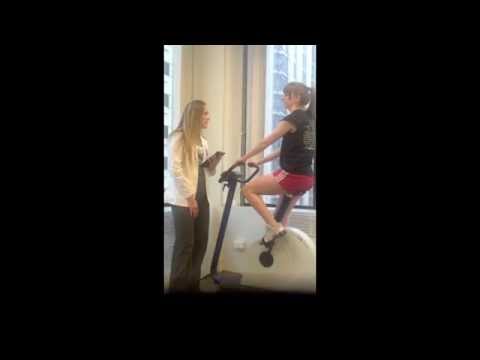Provocation test of the SI joint:
Name of the special test of the SI joint: Femoral shear test: Gapping test: Ipsilateral prone kinetic test: Passive extension & medial rotation of ilium on the sacrum: Passive flexion &lateral rotation of ilium on the sacrum: Passive lateral rotation of the hip :

